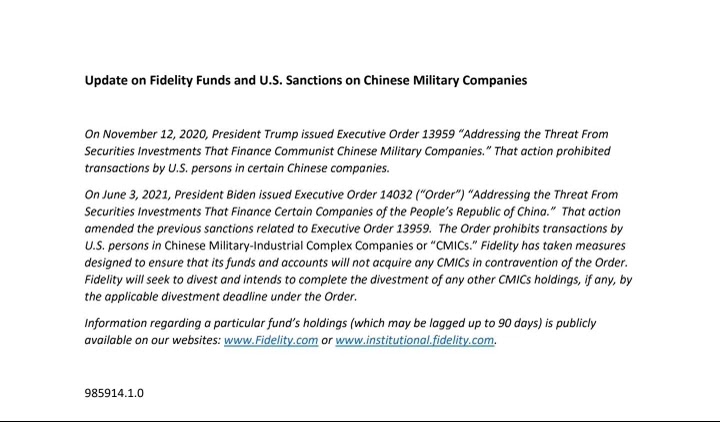Inanna represents transgenderism and mask wearing represents her

https://goddess-pages.co.uk/inanna-androgynous-queen-of-heaven-and-earth-2/
Additionally, Inanna is depicted as embodying both male and female qualities. She says, ‘Though I am a woman I am a noble young man..’ (24) Her androgyny is attested to in her cultic personnel, which included eunuchs and transvestites and during her festival young men carried hoops, a feminine symbol, while young women carried swords. The(25) In-nin-sa-gur-ra says, ‘She (Ishtar) [changes] the right side (male) into the left side (female), she [changes] the left side into the right side, she [turns] a man into a woman, she [turns] a woman into a man, she ador[ns] a man as a woman, she ador[ns] a woman as a man.’ For Sjoberg this merely refers to the changing roles of men and women in cult ceremonies, but given the world-turned-upside-down nature of her cultic festivities an element of gender role reversal does not seem unfeasible. As Harris says, Inanna was ‘a deity who incorporated fundamental and irreducible paradoxes.’ She argues that through her embodiment of these opposing qualities she succeeded in transcending them.
Ritual theatre was performed with masks and costumes. In the Games text, at one time thought to be simply a list of children’s games, mention is made of improper speech, lewd and bawdy behaviour and flaunting of taboos. Rivkah Harris refers to what may be a shamanic element to the festival, where celebrants don lion masks perhaps in honour of the goddess Inanna in her guise as labbatu (lioness).(18)

Everyone is wearing a mask for the Inanna ritual



Comments
Post a Comment